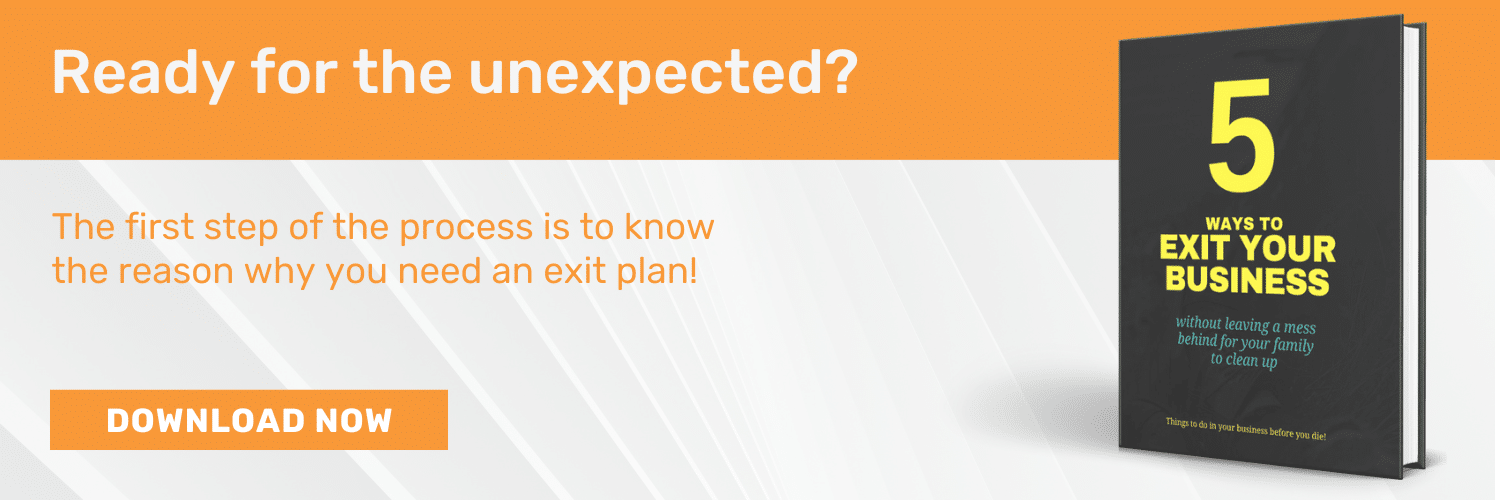Calculating The Value Of A Business
Business valuers generally agree that the first step of finding a business’s worth is by determining the Seller’s Discretionary Earnings (SDE). The SDE is the income of the business before tax. This excludes any expenses that can be expected in the future. This can be calculated through the history of the company.
The SDE is then multiplied by the “SDE multiple”. This is generally around 4 or 5 – thereby predicting the income that the business will generate over this period. Finding the multiple can be a challenge, as many different factors can affect this. These include geographic trends, industry outlook, the size of the company, the company’s business assets, owner risk, and others.
While the SDE looks at the business earnings, there are also the company’s assets to consider. Assets can include equipment, stock, intellectual property, and anything else of value. These can be tangible and intangible assets. Then there are the liabilities that need to be subtracted.
Factors That Influence The SDE Multiple
Valuing a business is a process that involves numerous steps – something that differs with each company and industry. Determining the SDE multiplier can be challenging as there are numerous aspects that can affect it. Besides the tangible and intangible assets, some of these factors can include:
- Financing eligibility
- Customer loyalty
- The longevity of current employees
- Supplier relationships
Methods Of Business Valuation
Business valuations can take several different approaches. These depend on the industry and individual circumstances. However, there are two main methods often used by analysts: the discounted free cash flow method and comparable transactions method.
Discounted Free Cash Flow Method
This business valuation method looks at the amount of cash that the business generates and determines an estimation of the kind of money the business should make in its lifespan. Prospective buyers will be interested in the potential earnings of the business and so they base the worth on this factor.
To predict the future cash flow of a business, analysts need to look at its financial history and growth patterns. Things like investment plans, expenses, and the economic structure of the company will also influence future financial projections. It is important to compare this with a full analysis of the relevant market and competition.
Basically, the discounted free cash flow method seeks to determine the kind of future income that stakeholders can expect from the business. Generally, this is considered over a 4 – 5 year period.
Comparable Transactions Method
When valuing a company, this approach is quick and simple. But, there is more room for error if conducted incorrectly. This method is usually based around the assumption of what the business will be worth under the new business owner. This is done by creating projections based on future expectations.
Other Methods
Figuring out the potential earnings based on a business’s past is the most common approach towards valuation. Yet, there are other methods that one can follow to determine a value. These can fall under an asset-based approach or a market-based approach.
An asset-based approach simply adds up the business tangible and intangible assets, then subtracts its liabilities. A market-based approach looks at the recent value of comparable businesses within the same industry and draws a valuation from that. All of these different business valuation methods have their advantages and disadvantages.
At WA Business Valuations, our specialists can assist in all types of business valuations. From simple, affordable business assessments to detailed forensic analyses, we can help business owners to see the value of their businesses.






